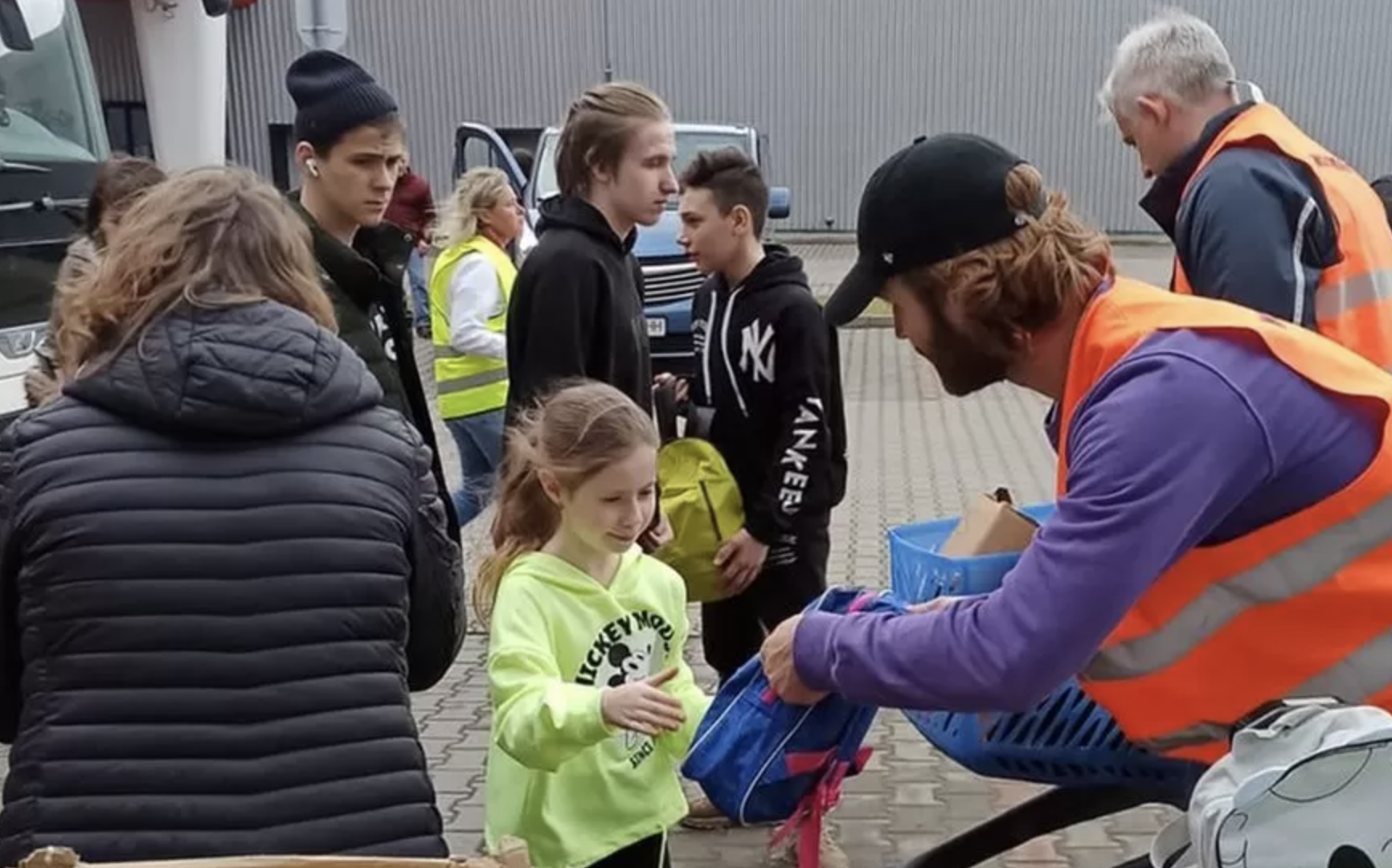Since Russia’s invasion of Ukraine in late February 2022, millions of Ukrainians have been displaced, both within and outside the country. Shortly after, the EU implemented the Temporary Protection Directive, a policy that grants immediate and temporary protection to refugees fleeing non-EU countries due to an armed conflict or human rights violations. The activation of the EU directive, which grants Ukrainans year-long residence permits and allows them to bypass asylum application processes, has facilitated the integration of Ukrainian refugees among member states. While EU member states are required to help displaced people gain access to the labor market, welfare, and education, the successful integration of Ukrainians will depend heavily on the ability to accommodate students in schools which, in turn, will boost labor market engagement. It is particularly important to examine the integration of efforts of Germany and Poland, as these two countries have welcomed the largest number of Ukrainian refugees by far: As of October 29, there are almost one million Ukrainian refugees in Germany and 1.4 million in Poland. However, schools in Germany and Poland are under immense strain from the influx of refugees. It is thus evident that the two countries should find better solutions to accommodate Ukrainian pupils.
The Conference of the Ministers of Education and Cultural Affairs in Germany estimates that up to 400,000 Ukrainian school children will enter the German education system. Modeled after those established for Syrian refugees in 2015, Germany already offers “Welcome Classes.” These classes connect students who are refugees, provide them with psychologists, and prepare them for a standard German education. However, the German teachers’ association has expressed concern regarding the integration of this vast number of Ukrainian children into the German school system. Many teachers warn that the dramatic teacher shortage could lead to class cancellations and a lack of resources necessary for inclusion and integration. Considering that most Ukrainians are looking to return to Ukraine as soon as possible, some people, including Ukraine’s consul general Iryna Tybinka, are recommending that Ukrainian students continue to focus on the Ukrainian curriculum to ensure continuity of their education and the retention of their national identity. Nonetheless, experts warn that abandoning the integration of Ukrainian children could lead to long-term consequences due to the uncertainty of the war.
Germany could learn from Poland’s approach to integrating Ukrainian pupils into their education system: Schools that teach the Ukrainian curriculum have been set up in Warsaw through private funding from the Unbreakable Ukraine Foundation. The classes are taught by Ukrainian teachers and give students the opportunity to continue their education and even receive diplomas. However, as this initiative is only available in the largest cities and privately funded, it is unequipped to accommodate the vast majority of Ukrainian students.
In Poland, the education system is also overburdened by the influx of Ukrainian school children. Similar to Germany, Poland is experiencing a teacher shortage. This shortage has already prevented thousands of Polish students from attending school, a problem that will be exacerbated by the approximately 700,000 school-age Ukrainian children looking to learn Polish. Though the Polish government has pledged millions of euros for educational opportunities for displaced Ukrainians, it has yet to ensure that all students will be able to attend school. For example, an expected 60,000 Ukrainian students are looking to enter the Warsaw school system, which only has the capacity to accommodate 36,000 students. Ukrainian students either have the option to attend ordinary classes in Polish schools or enroll in preparatory classes in which they can learn Polish and integrate into the system. However, many schools do not have the capacity to offer these special classes, forcing Ukrainian pupils to attend classes in a language they do not understand.
As an alternative educational approach, international organizations recommend offering online language classes to ensure flexible learning times. Due to the fact that the minimum participation requirements in rural areas have led to long waits to obtain a spot in language classes, online courses present an alternative, or at least an important addition. As a result, Ukrainian students would have the opportunity to learn the host language outside school, giving them the chance to to better understand their school material and socialize with classmates in ordinary classes taught in Polish or German.
Beyond schooling, it is important to note that early and long-term labor market integration is particularly impacted by the integration of children and adolescents into the education and childcare system. Labor market engagement and participation in language courses is lower for women who have to take care of their children. This further shows that the successful integration of displaced Ukrainians will greatly depend on the education system. If young Ukrainians are able to establish roots in Germany and Poland, adults will in turn be more able to integrate into the labor market—not only improving the lives of displaced Ukrainians, but also boosting the German and Polish economies.
